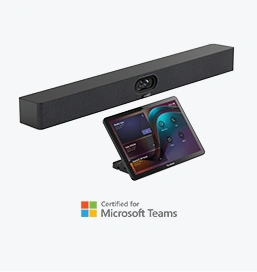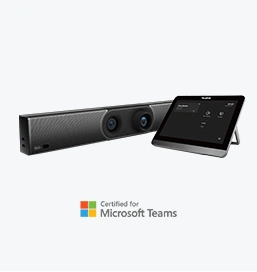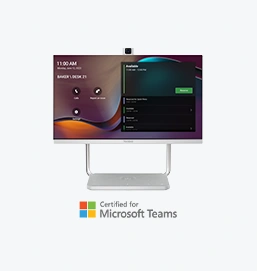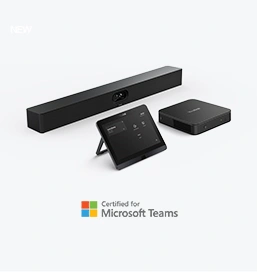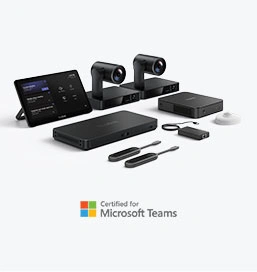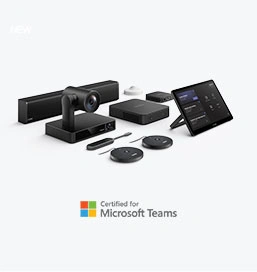The Smart Whiteboard Revolution
Yealink Meetingboard Enhancing Collaboration and Productivity

What Is a Smart Whiteboard?
A smart whiteboard is a digital device that combines the functionality of a traditional whiteboard with the power of a computer and internet connectivity. It typically consists of a large touchscreen display that allows users to write, draw, and manipulate content directly on the screen. With built-in software and apps, smart whiteboards enable seamless collaboration, presentation, and document sharing.

Key Features
Interactive Touchscreen
The core feature of a smart whiteboard is its touch-sensitive surface. This enables users to interact with the display using their fingers or specialized pens. Users can write notes, draw diagrams, and highlight important points just as they would on a regular whiteboard, but with the added benefit of digital manipulation.
Connectivity
Smart whiteboards are connected to the internet, allowing for easy access to online resources, cloud storage, and collaborative tools. They often come with built-in Wi-Fi and Bluetooth capabilities, making it simple to connect to other devices and share content wirelessly.
Multi-User Support
Many smart whiteboards support multiple user input simultaneously, enabling several people to contribute to the same project at once. This feature is particularly useful in collaborative settings, such as team meetings and classroom discussions.
Software Integration
Most smart whiteboards come with pre-installed software that facilitates various tasks, including annotation, file management, and remote conferencing. Some models even support third-party apps, expanding the range of possible uses.

Benefits
Enhanced Collaboration
Smart whiteboards make it easier for teams to collaborate, regardless of their physical location. Remote participants can join meetings via video conferencing and interact with the whiteboard in real-time. This feature significantly improves communication and ensures everyone is on the same page.
Improved Engagement
Interactive elements such as touchscreens and multimedia capabilities keep participants engaged and interested. Teachers and presenters can use animations, videos, and other multimedia to illustrate concepts and make learning more enjoyable.
Increased Efficiency
With the ability to save and share content instantly, smart whiteboards streamline workflows. Meeting minutes, diagrams, and notes can be saved to a digital format and distributed immediately after a session, saving time and reducing the need for manual transcription.
Cost-Effective
While the initial investment might seem high, smart whiteboards offer long-term cost savings. They reduce the need for paper, markers, and other consumables, and their durability means less frequent replacement compared to traditional whiteboards.
Applications
Business Meetings
In corporate settings, smart whiteboards are used for brainstorming sessions, project planning, and client presentations. Their interactive nature makes them perfect for dynamic and engaging meetings.
Education
In classrooms, smart whiteboards enhance teaching methods by allowing for interactive lessons. Teachers can use them to present multimedia content, conduct quizzes, and involve students in group activities.
Healthcare
Healthcare professionals can use smart whiteboards to explain complex medical procedures, treatment plans, and patient care pathways. This helps in educating patients and ensuring informed consent.
Creative Workspaces
Design firms and creative agencies utilize smart whiteboards for visualizing projects, sketching out ideas, and collaborating on designs. The high-resolution screens ensure accurate color representation and fine detail.



